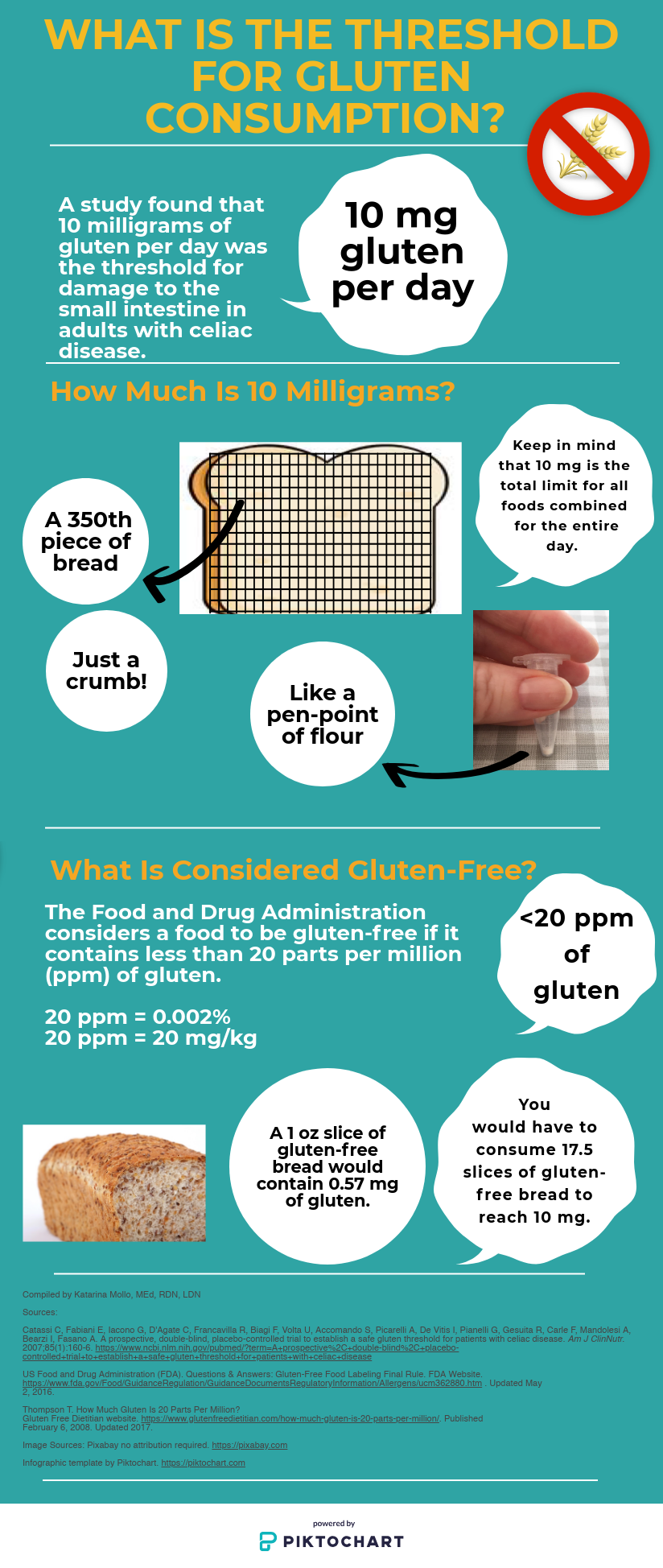So, I kept seeing “gluten-free” slapped on everything in the supermarket aisles. Honestly, for the longest time, I just kinda nodded and walked past. Figured it was another one of those health trends, you know? Didn’t really hit home until my buddy, Dave, got told by his doctor he had to cut out gluten. Completely. That’s when I actually had to figure out what this “gluten-free” thing really meant in practice.

My First Steps Into the Gluten Maze
First thing I did? Googled it, obviously. Got a bunch of science-y stuff about proteins in wheat, barley, rye. Okay, fine. So, no bread, pasta, beer. Seemed simple enough, right? Wrong. Helping Dave navigate this was way more complicated than just skipping the bread basket.
We started looking at labels together. Like, really looking. And man, that was an eye-opener. Gluten wasn’t just in the obvious stuff. It was hiding everywhere. Soups, sauces, salad dressings, even some kinds of candy and processed meats. Who knew? We found out “wheat-free” isn’t always “gluten-free” because barley and rye are still culprits. It felt like playing detective in the grocery store.
- We had to check ingredient lists for things like wheat starch, malt, brewer’s yeast.
- Learned to look for that certified “Gluten-Free” label – that became our safety signal.
- Realized eating out was a whole new challenge. Asking servers, worrying about stuff getting mixed up in the kitchen.
Cooking and Living Gluten-Free Day-to-Day
Then came the cooking part. I like cooking, so I tried helping Dave find recipes. Some gluten-free stuff was… well, let’s just say it was an adjustment. Early attempts at baking were pretty disastrous. Dense bread, crumbly cookies. You learn quick that you can’t just swap regular flour for any old gluten-free flour blend. Each blend works differently.
But we figured it out, bit by bit. Found some decent pasta alternatives made from corn or rice. Started using more naturally gluten-free ingredients – rice, potatoes, quinoa, lots of fresh veggies and meat. Cooking from scratch became way more common because you knew exactly what was going into the food.
The biggest takeaway for me? Understanding cross-contamination. That was a big one for Dave. Using the same toaster, cutting board, or even sharing a butter knife could be a problem if there were gluten crumbs involved. It meant having separate utensils, cleaning surfaces really well. It’s a level of detail I never even considered before.

So, What Does “Gluten-Free” Mean To Me Now?
After going through all this with Dave, “gluten-free” isn’t just a label anymore. It’s a specific way of eating, mostly for people who medically need it, like those with celiac disease or a serious sensitivity. It means being incredibly careful about ingredients.
It means:
- Avoiding wheat, barley, rye, and oats (unless certified GF).
- Reading every single label, every single time. Ingredients change!
- Being super careful about cross-contamination in the kitchen and when eating out.
- Understanding it’s not just a fad diet for many, but a necessary health measure.
It’s a bigger deal than I thought. It takes effort and constant attention. So next time you see that label, maybe think about the hoops someone might be jumping through just to eat safely. That’s what “gluten-free” really means to me now, after seeing it firsthand.